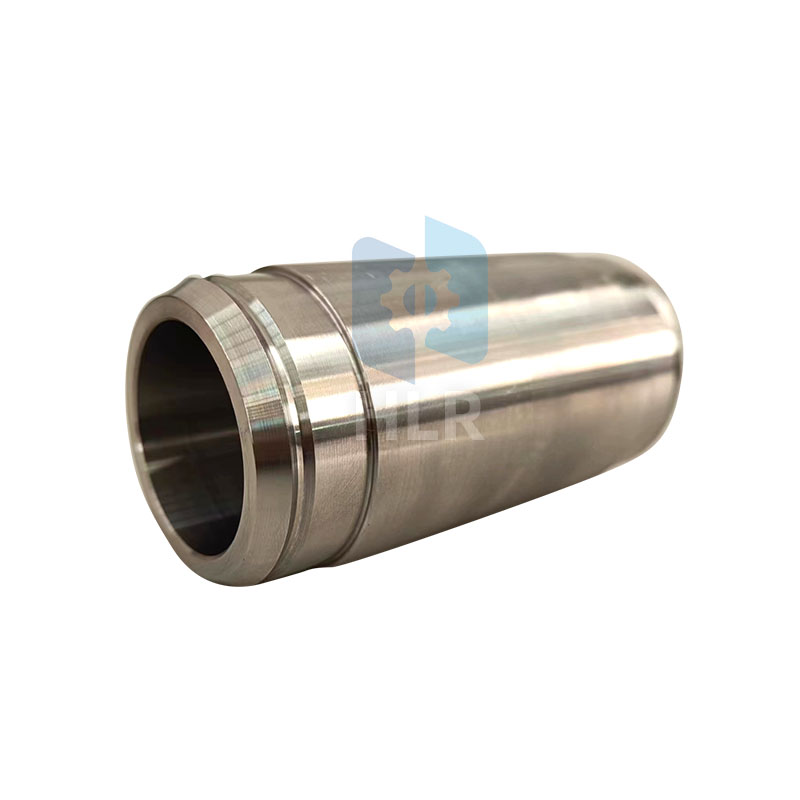The Seal of Excellence: Understanding the Sealing Mechanism in Stainless Steel Cylinder Liners
2024-02-20
In the intricate world of engine design, where precision and reliability are paramount, the sealing mechanism in stainless steel cylinder liners plays a crucial role in ensuring optimal performance and longevity. From maintaining compression ratios to preventing fluid leakage, this mechanism is a cornerstone of engine efficiency and durability. Let's delve into how the sealing mechanism works in stainless steel cylinder liners and explore its implications for engine performance and longevity.
Understanding the Sealing Mechanism
The sealing mechanism in stainless steel cylinder liners involves creating a tight seal between the cylinder wall and the liner itself. This seal serves two primary purposes:
1. Compression and Combustion Containment: During the combustion cycle, the piston compresses the air-fuel mixture within the cylinder, generating high-pressure gases. The sealing mechanism ensures that this pressure is contained within the combustion chamber, allowing for efficient combustion and power generation.
2. Fluid Containment: In addition to containing combustion gases, the sealing mechanism prevents leakage of lubricating oil and coolant into the combustion chamber. This is essential for maintaining proper lubrication of moving parts, preventing overheating, and preserving engine integrity.
Types of Sealing Mechanisms
Several methods are employed to achieve a reliable seal in stainless steel cylinder liners:
1. O-Rings: O-rings are elastomeric seals placed in grooves on the outer surface of the cylinder liner. When compressed between the liner and the engine block, O-rings create a tight seal, preventing fluid leakage and ensuring proper compression.
2. Elastomeric Coatings: Some cylinder liners feature elastomeric coatings applied to the outer surface. These coatings form a flexible seal that conforms to irregularities in the engine block, enhancing sealing effectiveness and durability.
3. Interference Fit: In certain applications, cylinder liners are installed with a precise interference fit, ensuring tight contact between the liner and the engine block. This interference fit creates a mechanical seal that withstands high pressures and temperatures.
Implications for Engine Performance and Longevity
The effectiveness of the sealing mechanism in stainless steel cylinder liners has profound implications for engine performance and longevity:
1. Optimal Compression and Power Output: A reliable sealing mechanism maintains consistent compression ratios, allowing for efficient combustion and maximum power output. This results in improved engine performance and fuel efficiency.
2. Reduced Fluid Contamination: By preventing leakage of lubricating oil and coolant into the combustion chamber, the sealing mechanism minimizes fluid contamination and ensures proper lubrication of engine components. This reduces wear and extends the service life of critical engine parts.
3. Enhanced Durability: A robust sealing mechanism contributes to the overall durability and reliability of the engine. By preventing fluid leakage and maintaining compression, stainless steel cylinder liners with effective sealing mechanisms can withstand harsh operating conditions and prolonged use without compromising performance.
Conclusion
In the intricate ecosystem of engine design, the sealing mechanism in stainless steel cylinder liners serves as a linchpin of performance, reliability, and longevity. By creating a tight seal between the cylinder wall and the liner, this mechanism ensures optimal compression, prevents fluid contamination, and enhances engine durability. As automotive and industrial technologies continue to advance, the development of innovative sealing solutions remains essential for pushing the boundaries of engine efficiency and sustainability.



